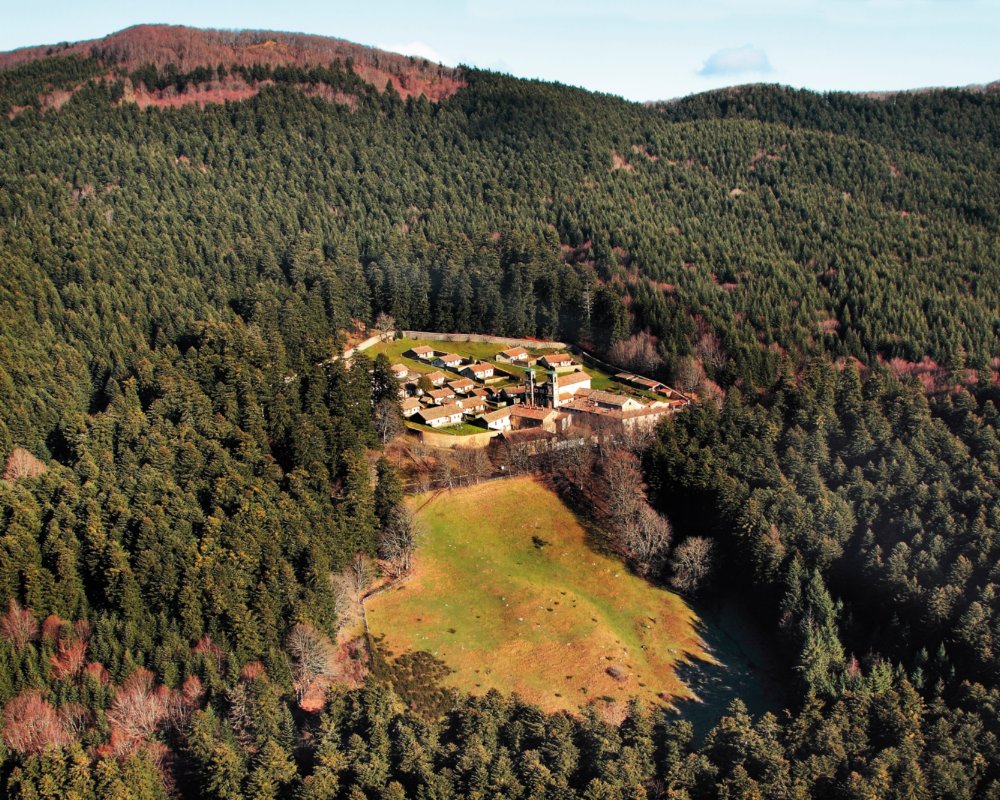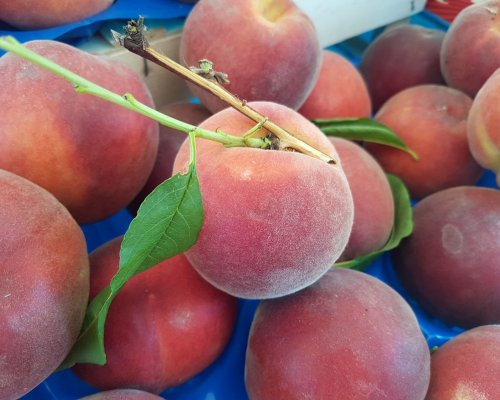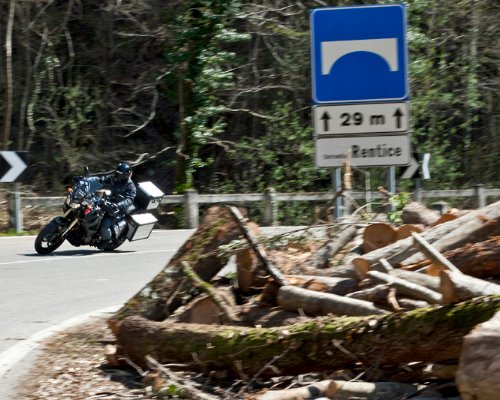From Londa to Stia, twists and turns through the Tuscan mountains
Set your GPS: Londa, Caiano, Furnace, the Cento Croci crossing, Stia
With the SS67 Muraglione in your rearview mirror and a thirst for adventure on your mind, give your bike a boost of gas and you’ll reach Londa and its relaxing, small lake. Once you’re here, you can enjoy fairs and country festivals, such as the Feast of September. During this festival, they give out the “Pesca d’Argento,” or “Silver Peach” prize, awarded to the best fruit producer. Shortly afterward, a fireworks show takes place. In the Palio della Brocca (held during the first two weeks of July), Londa and several of its small fractions compete to win a ceramic jug full of delicious, high quality wine.
The imaginary starting line has a view of the lake. Once the road narrows, the precious teachings of the GSSS instructors come to mind: move smoothly, don’t rush; drive safely and have fun while remaining cautious. Right at the beginning, the SS556 has well-linked stretches and semicurves. Although it runs through the valley of the Rincine river, the asphalt is well-exposed to the sun, which will give you a good grip and confidence. A little further on, you’ll see a sign that gives the "green light" for the crossing. Here, to the right you’ll see a two-sided “welcome bend,” pointing in the direction of Arezzo; then, on the left, the junction for Rincine introduces the village and parish church of St. Helena.
With the SS67 Muraglione in your rearview mirror and a thirst for adventure on your mind, give your bike a boost of gas and you’ll reach Londa and its relaxing, small lake. Once you’re here, you can enjoy fairs and country festivals, such as the Feast of September. During this festival, they give out the “Pesca d’Argento,” or “Silver Peach” prize, awarded to the best fruit producer. Shortly afterward, a fireworks show takes place. In the Palio della Brocca (held during the first two weeks of July), Londa and several of its small fractions compete to win a ceramic jug full of delicious, high quality wine.
The imaginary starting line has a view of the lake. Once the road narrows, the precious teachings of the GSSS instructors come to mind: move smoothly, don’t rush; drive safely and have fun while remaining cautious. Right at the beginning, the SS556 has well-linked stretches and semicurves. Although it runs through the valley of the Rincine river, the asphalt is well-exposed to the sun, which will give you a good grip and confidence. A little further on, you’ll see a sign that gives the "green light" for the crossing. Here, to the right you’ll see a two-sided “welcome bend,” pointing in the direction of Arezzo; then, on the left, the junction for Rincine introduces the village and parish church of St. Helena.
If you stick with the route, you’ll be rewarded with a curvy, almost geometric downward stretch, surrounded by olive trees and cypresses. From km8 / VII, zig-zagging on chicanes, you cross through the small towns of Caiano and Fornace. Once the asphalt starts looking shadowy and dirty, this means you’ve arrived at the the second round of bends. You’ll climb gradually until reaching an increasingly wild landscape. The driver has room to play around with the route, mixing up the style and direction while staying loyal to the SS556.
The gears will constantly be shifting: this is the lively pace you’ll experience when moving through the Croce a Mori stretch (955 meters above sea level). A wooden cross marks where it starts. Up until this point, the route won’t have been particularly scenic, relatively speaking, but as you move downward the views of Casentino will become more and more vivid and beautiful. Once you pass the provincial border, you’ll arrive at a bend that you can navigate following a capital "S" shape: do this part in style!
If you stick with the route, you’ll be rewarded with a curvy, almost geometric downward stretch, surrounded by olive trees and cypresses. From km8 / VII, zig-zagging on chicanes, you cross through the small towns of Caiano and Fornace. Once the asphalt starts looking shadowy and dirty, this means you’ve arrived at the the second round of bends. You’ll climb gradually until reaching an increasingly wild landscape. The driver has room to play around with the route, mixing up the style and direction while staying loyal to the SS556.
The gears will constantly be shifting: this is the lively pace you’ll experience when moving through the Croce a Mori stretch (955 meters above sea level). A wooden cross marks where it starts. Up until this point, the route won’t have been particularly scenic, relatively speaking, but as you move downward the views of Casentino will become more and more vivid and beautiful. Once you pass the provincial border, you’ll arrive at a bend that you can navigate following a capital "S" shape: do this part in style!
Occasionally, a charming little roadside clearing might invite you to take a break, but losing your rhythm during this route is a real shame. The ascending and descending portions are both equally compelling. There are still three bends, watered down by sliding extensions, before the center line begins to subside and lose its edge. Once you reach the crossroads for Vallucciole, on the left there’s a dirt road (only part of which you can pass over), taking you to the slopes of Monte Falterona where the Arno begins: "There stretches through the midst of Tuscany a brooklet, whose well-head Springs up in Falterona” (Dante Alighieri - The Divine Comedy - Purgatory - Canto XIV).
The last part of the route takes you to the National Park of Casentino Forests, where, just right next to the river, you’ll reach Stia, closing out the route on a scenic, beautiful note.
Occasionally, a charming little roadside clearing might invite you to take a break, but losing your rhythm during this route is a real shame. The ascending and descending portions are both equally compelling. There are still three bends, watered down by sliding extensions, before the center line begins to subside and lose its edge. Once you reach the crossroads for Vallucciole, on the left there’s a dirt road (only part of which you can pass over), taking you to the slopes of Monte Falterona where the Arno begins: "There stretches through the midst of Tuscany a brooklet, whose well-head Springs up in Falterona” (Dante Alighieri - The Divine Comedy - Purgatory - Canto XIV).
The last part of the route takes you to the National Park of Casentino Forests, where, just right next to the river, you’ll reach Stia, closing out the route on a scenic, beautiful note.


